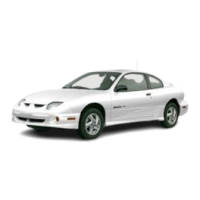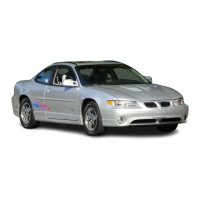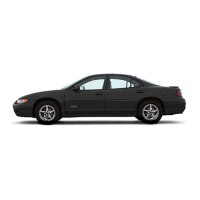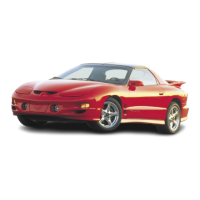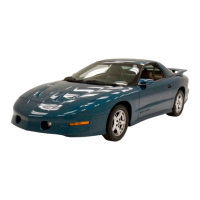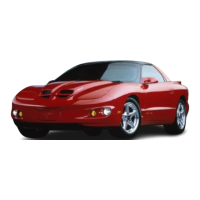6-15
5.7L V8 Engine
As shown in the chart, if you have the 5.7L V8 engine,
SAE 5W
-30 is best for your vehicle. However, you can
use SAE 10W
-30 if it’s going to be 0
_
F (-18
_
C) or
above. These numbers on an oil container show its
viscosity, or thickness. Do not use other viscosity oils,
such as SAE 20W
-50.
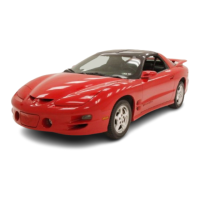
